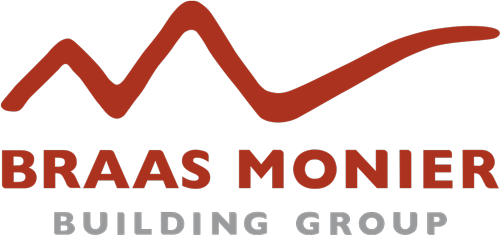Time and again our improvement targets were greatly exceeded due to Rick and his team’s creative, outside the box thinking. They changed how I think about managing our outside spend... ... Just one example shows what that kind of thinking can deliver. We were operating in an underutilized capacity situation and Rick had an idea to work the plants on nights instead of days. This obviously not only saved money due to lower electricity rates, but also enabled us to “double shift” our mobile equipment enabling us to halve our needs in that area. Further, the night-shift idea enabled us to cut down on our third-party security needs. Rolling out these ideas across an expansive plant network enabled millions to be saved.- Derek Taylor | Chief Financial Officer
